Does the ancient civilization of Egypt just intrigue the heck out of you? We’re raising our hands for this one!
Egypt boasts one of the world’s oldest and most influential civilizations, dating back over 5,000 years. Its rich history includes remarkable achievements in architecture, art, science, and literature, leaving behind a legacy that continues to fascinate scholars and enthusiasts alike.
Egyptian mythology and religion offer intriguing insights into ancient beliefs and practices. Deities such as Ra, Isis, Osiris, and Anubis, along with elaborate burial rituals like mummification, form integral parts of Egypt’s spiritual legacy.
In this post, we get to step back in time to celebrate it all. You get to test your Egyptian knowledge with our collection of Ancient Egypt trivia questions!
From the legendary Cleopatra to the enigmatic King Tut, delve into the mysteries of mummification, explore the secrets of majestic pyramids, and much more. Ready to learn more about one of history’s most fascinating civilizations? Let’s go!
Before we get started — we invite you to bookmark or save some of these other history-related trivia quizzes for later!
- 101 World History Trivia Questions For History Buffs
- 175 History Trivia Questions to Put Your Knowledge to the Test
- Celebrating Heritage: 45 Black History Month Trivia Questions
- 120 Fun and Totally Random Trivia Questions
- 100 Literature Trivia Questions and Answers For Bookworms
- International Women’s Day: 80 Trivia Questions To Celebrate Powerful Women
55 History Trivia Questions All About Ancient Egypt
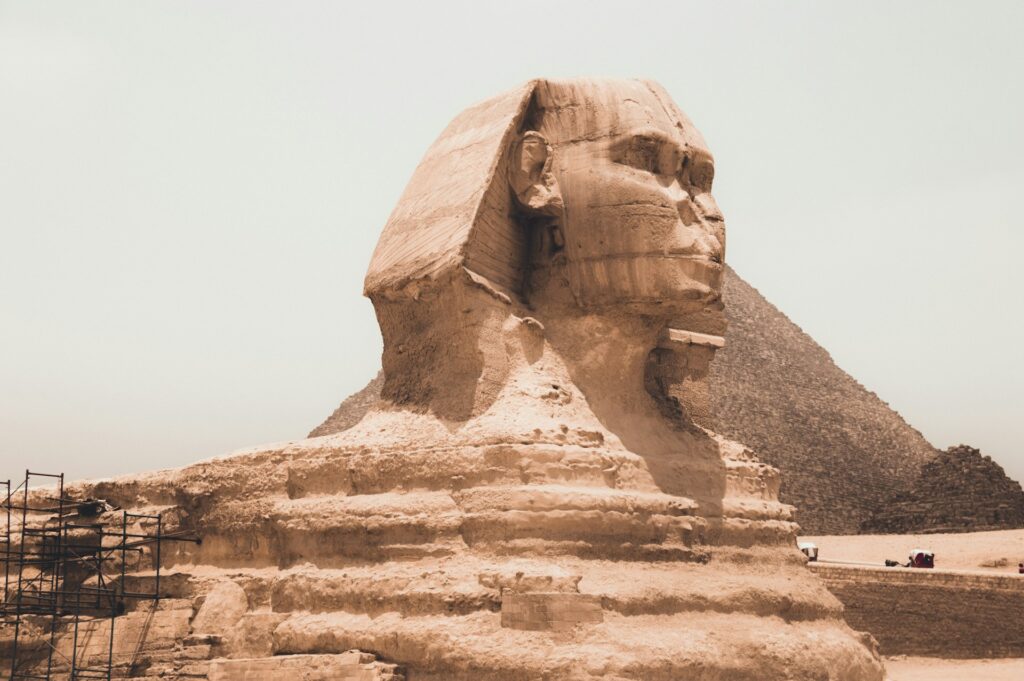
What is a sphinx?
Answer: A sphinx is a creature with the body of a lion and the head of a human, and it is a prominent mythological figure in Egyptian, Asian, and Greek mythology.
What is the significance of the sphinx in Egyptian mythology?
Answer: It was associated with the protection of tombs and temples.
The pyramids were tombs for the Egyptian pharaohs. Is the oldest pyramid at Giza or the Valley of the Kings?
Answer: Giza.
What does the word “pharaoh” mean?
Answer: It means “Great House”.
Pharaohs were believed to be “living gods.” True or False?
Answer: True.
What was the form of writing used by the ancient Egyptians?
Answer: Hieroglyphs.
What stone helped scholars translate the Ancient Egyptian inscriptions?
Answer: The Rosetta Stone.
Why did the ancient Egyptians believe it was important to preserve the body through mummification?
Answer: They believed the mummified body was the home for the soul or spirit, and if the body was destroyed, the spirit might be lost.
What was the significance of the First Cataract at Aswān in ancient Egypt?
Answer: The First Cataract at Aswān marked the country’s only well-defined boundary within a populated area.
What role did the Isthmus of Suez play in ancient Egypt’s interactions with neighboring regions?
Answer: It served as the principal route for contact with Sinai and southwestern Asia, facilitating trade and cultural interaction.
What was the primary agricultural focus in ancient Egypt, and which crops were cultivated?
Answer: Cereal crops, chiefly emmer wheat and barley.
What were the main domesticated animals in ancient Egypt?
Answer: Cattle, donkeys, sheep, goats, pigs, ducks, geese, and dogs.
What was the status of land ownership in ancient Egypt, and who controlled most of the land?
Answer: In theory, all land belonged to the king, but most people lived on and worked the land, paying dues to the state or high officials who controlled it.
What were the characteristics of slavery in ancient Egypt?
Answer: Slavery in ancient Egypt was restricted to captives, foreigners, or individuals forced into service due to poverty or debt. Slaves were not as common as in other ancient civilizations.
What did the Nile do every year in ancient Egypt that enabled crops to be sown?
Answer: Flood.
For how many years did the ancient Egyptian civilization last?
Answer: 3,000 years.
What original color were the pyramids at Giza?
Answer: Sandy white.
Which pharaoh commissioned the Great Pyramid?
Answer: Khufu.
What was the significance of the smooth, angled sides of the pyramids?
Answer: They symbolized the rays of the sun and were designed to help the king’s soul ascend to heaven and join the gods, particularly the sun god Ra.
Who is credited with designing the first “true” pyramid in Egypt?
Answer: Imhotep, a priest and healer, is credited with designing the first “true” pyramid in Egypt, known as the Step Pyramid, built for King Djoser.
How many smaller pyramids were built next to the Great Pyramid of Giza?
Answer: Three small pyramids were built next to the Great Pyramid of Giza for Khufu’s queens.
What was the unique feature built inside Pharaoh Khafre’s pyramid complex at Giza?
Answer: The Great Sphinx, a guardian statue with the head of a man and the body of a lion.
How many blocks of stone were used to build Khufu’s Great Pyramid, and what was their average weight?
Answer: Approximately 2.3 million blocks of stone were used, averaging about 2.5 tons each.
What marked the end of the pyramid-building era in ancient Egypt?
Answer: The end of the pyramid-building era coincided with the collapse of the Old Kingdom, with the last great pyramid builder being Pepy II of the sixth dynasty.
The pharaoh wore the crown of Upper and Lower Egypt to symbolize the country’s unity. True or False?
Answer: True.
Which pharaoh commissioned the temple of Abu Simbel to be built?
Answer: Ramesses II.
What was King Tut’s full name?
Answer: Tutankhamun.
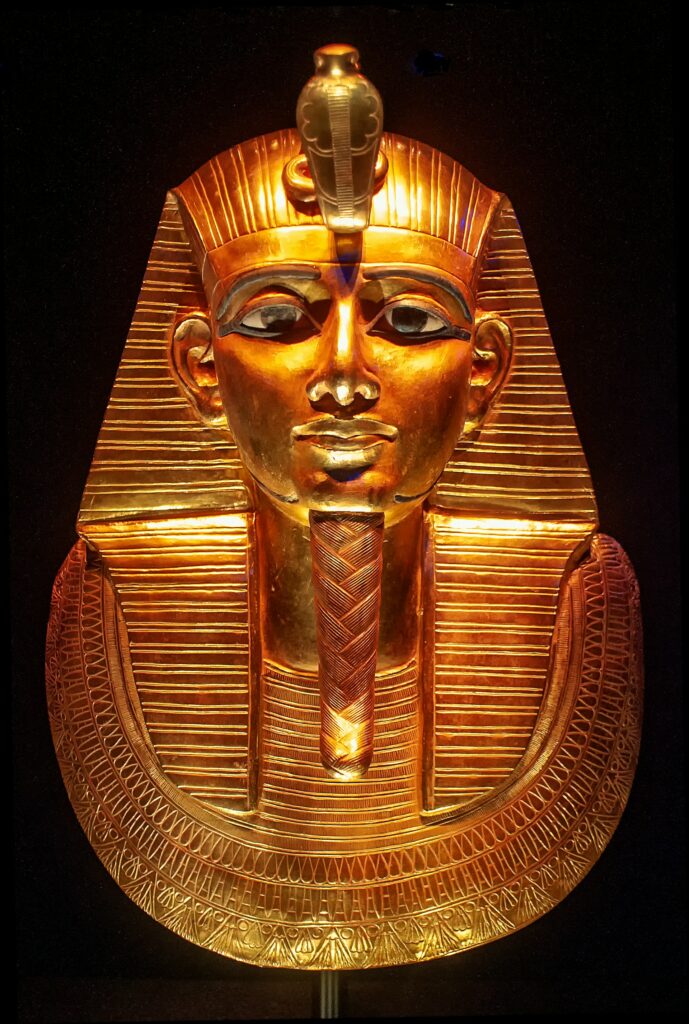
How long did King Tut rule as pharaoh?
Answer: King Tut ruled Egypt for 10 years until his death at the age of 19, around 1324 B.C.
Who discovered the intact tomb of King Tut in 1922?
Answer: British archaeologist Howard Carter.
What was the name of King Tut’s wife, and how were they related?
Answer: King Tut’s wife was Ankhesenamun, who was also his half-sister.
What physical ailment did King Tut suffer from?
Answer: King Tut suffered from a crippling bone disease in his clubbed left foot.
What was the significance of the hole found in the back of King Tut’s skull?
Answer: Recent tests suggest that the hole in King Tut’s skull was made during the mummification process, not as a result of an assassination.
After the pyramids were raided by grave robbers, where were the pharaohs buried?
Answer: The Valley Of The Kings.
The tomb and treasure of which pharaoh was famously discovered in the Valley of the Kings in 1922?
Answer: Tutankhamun.
What oval symbol was a pharaoh’s name written on?
Answer: Cartouche.
Shabti figures were buried with the dead so they could serve them in the afterlife. True or False?
Answer: True.
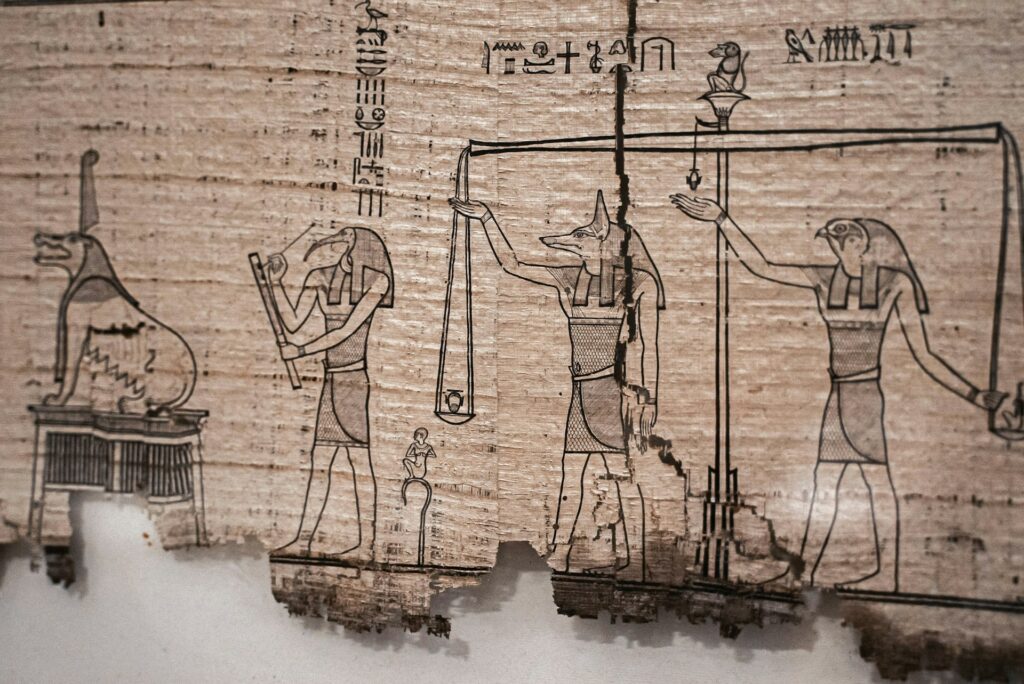
The jackal-headed Egyptian god of embalming was…?
Answer: Anubis.
Who was the god of the underworld in Egyptian mythology?
Answer: Osiris
Which goddess was known as the devoted wife who resurrected Osiris after his murder?
Answer: Isis
Which deity was associated with war, hunting, and divine kingship?
Answer: Horus
Who was the god of chaos, violence, deserts, and storms?
Answer: Seth
Which deity was usually represented with a human body and the head of a hawk?
Answer: Re
Which goddess embodied motherhood, fertility, and protection for women in childbirth?
Answer: Hathor
Which deity was the god of writing and wisdom?
Answer: Thoth
Which goddess was initially represented as a lioness or wild cat but later took the form of a domestic cat?
Answer: Bastet
What is the name of the book that prepared ancient Egyptians for their journey to the afterlife?
Answer: The Book of the Dead.
How long did the mummification process typically take?
Answer: Seventy days
Which organ did embalmers leave in place inside the body during mummification?
Answer: The heart
What important part of the funeral ceremony involved touching various parts of the mummy with a special instrument to “open” those parts of the body to the senses enjoyed in life and needed in the Afterlife?
Answer: The “Opening of the Mouth” ceremony
Who was Cleopatra’s father?
Answer: Cleopatra’s father was Ptolemy XII (Auletes).
What dynasty did Cleopatra belong to?
Answer: Cleopatra belonged to the Ptolemaic dynasty.
Who did Cleopatra seek support from in order to regain her throne after being forced to flee Egypt?
Answer: Cleopatra sought support from Julius Caesar to regain her throne.
Who was Cleopatra’s first known romantic liaison with a Roman leader?
Answer: Cleopatra’s first known romantic liaison with a Roman leader was with Julius Caesar.
The brain was pulled out through the nose as part of the mummification process. True or False?
Answer: True.
Who was the last Egyptian pharaoh?
Answer: Cleopatra.
Looking for more history trivia?
- 60+ Fascinating Trivia Questions About Ancient Civilizations
- 100+ Fun Greek Mythology Trivia Questions and Answers
- 101 World History Trivia Questions For History Buffs
- US History Mega Quiz: 175 Trivia Questions To Test Your Brains
So, how did you do on our Ancient Egypt trivia? In either case, we hope you learned something entirely new. There’s nothing quite like learning new tidbits of random knowledge!
If you enjoyed reading this article, check out some of our other history-related trivia topics and quizzes!
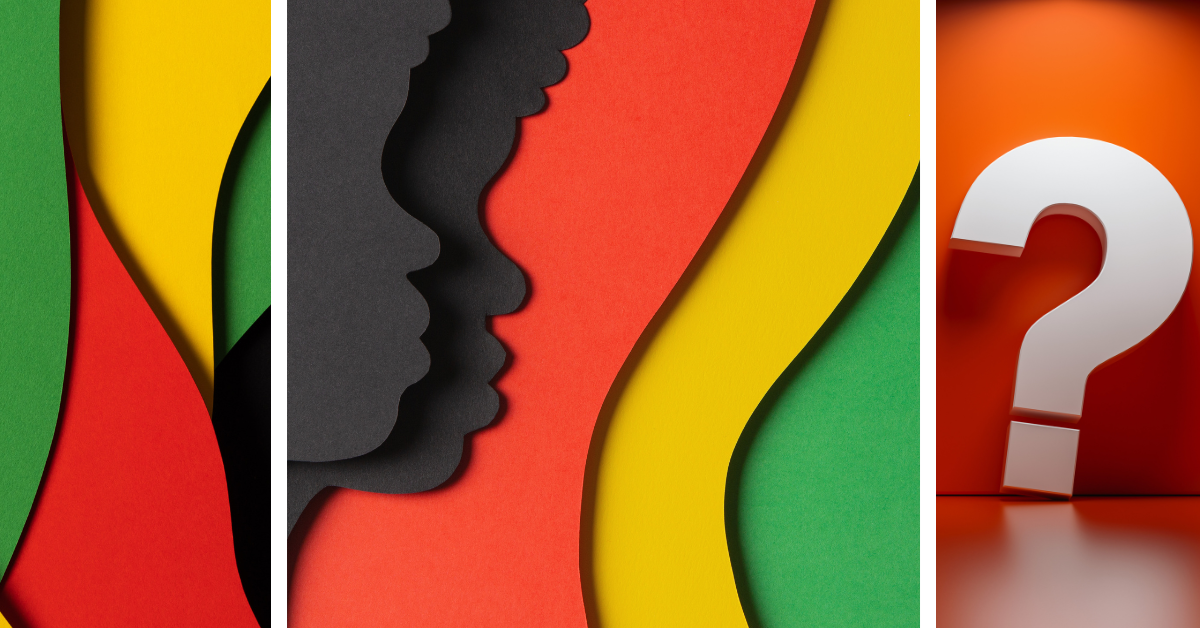
Celebrating Heritage: 45 Black History Month Trivia Questions
As Black History Month unfolds, we invite you to learn something new with our Black History Month trivia. We will … Read more
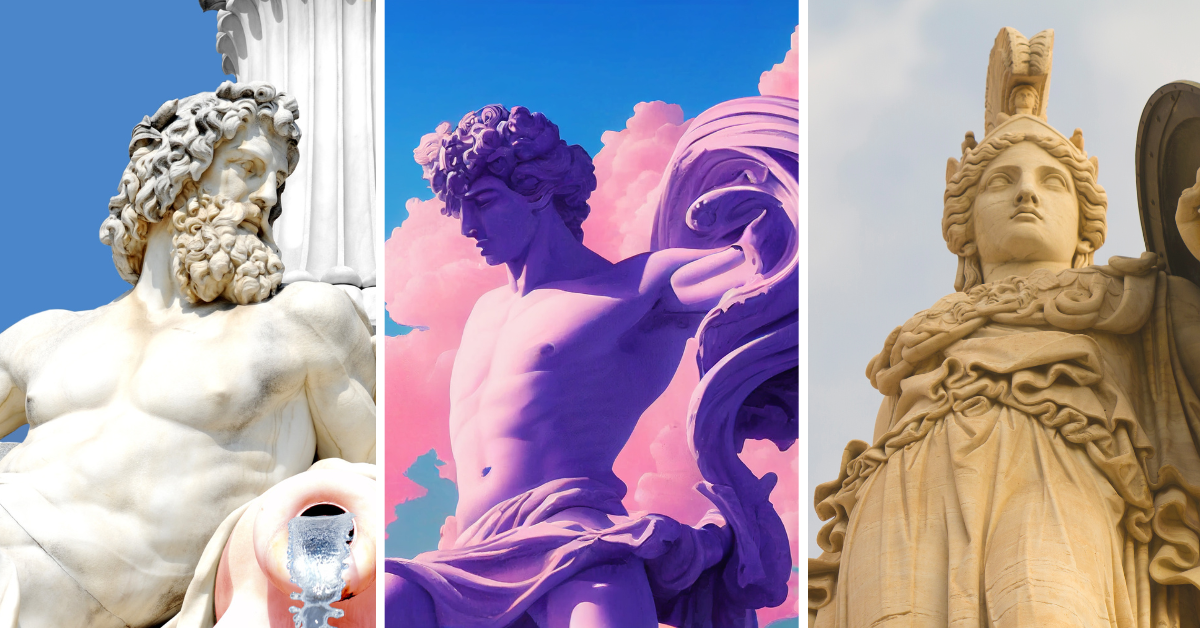
105 Greek Mythology Trivia Questions That Even The Gods Would Love
Hello, dear trivia lover (or fanatic)! Are you a fan of Greek mythology and its fascinating stories of gods, heroes, … Read more
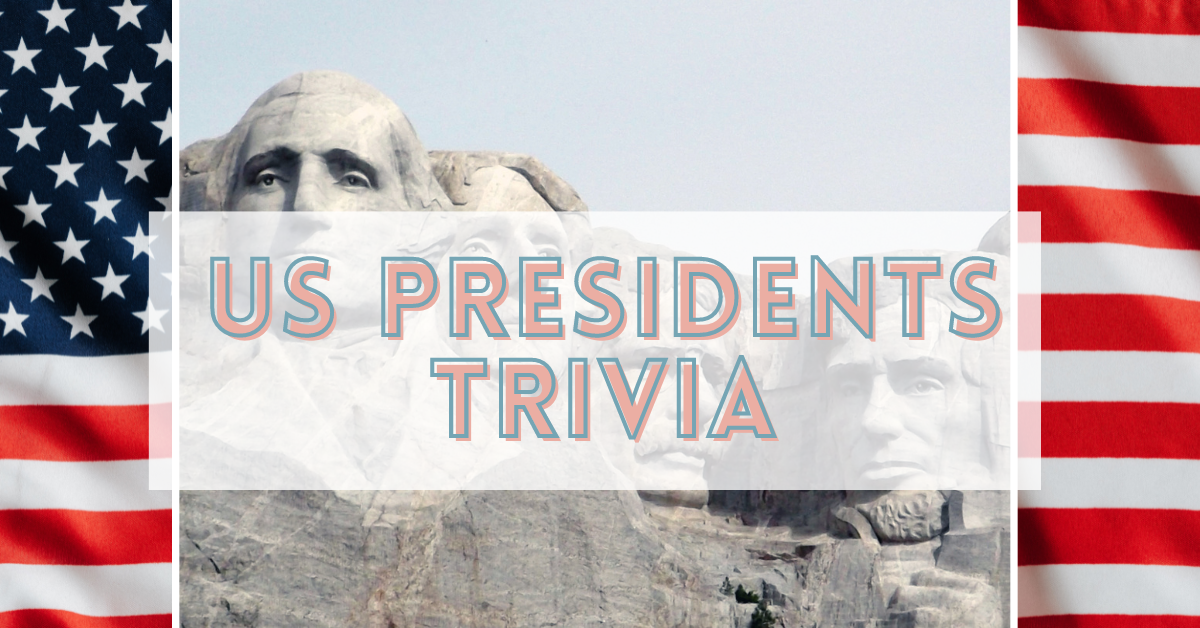
US Presidents Trivia: 77 Questions To Prove You’re A Pro
Welcome to our fun-filled trivia article all about U.S. presidents, where US history meets quirky facts! Ever wondered which president … Read more

Blast From The Past: 175 Trivia Questions For Seniors
If you (or some lucky seniors you know) are looking for a fun way to reminisce about the good old … Read more
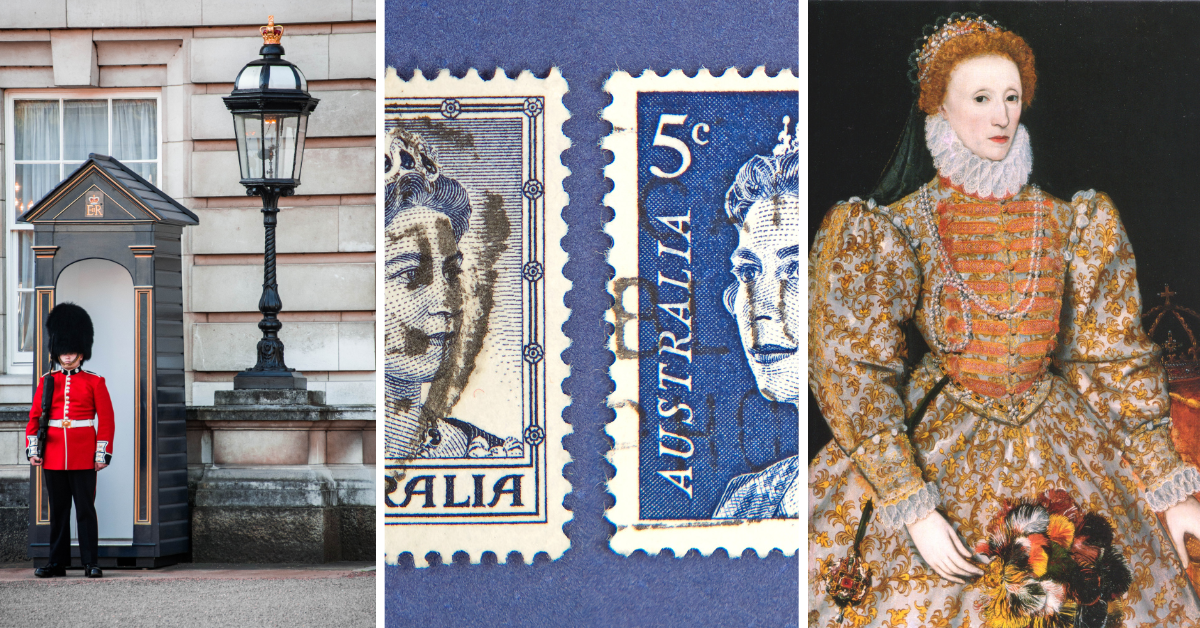
110 English Kings and Queens Trivia Questions and Answers
Welcome, royal enthusiasts! If you’re looking for a fun and challenging way to test your knowledge of English monarchs, then … Read more
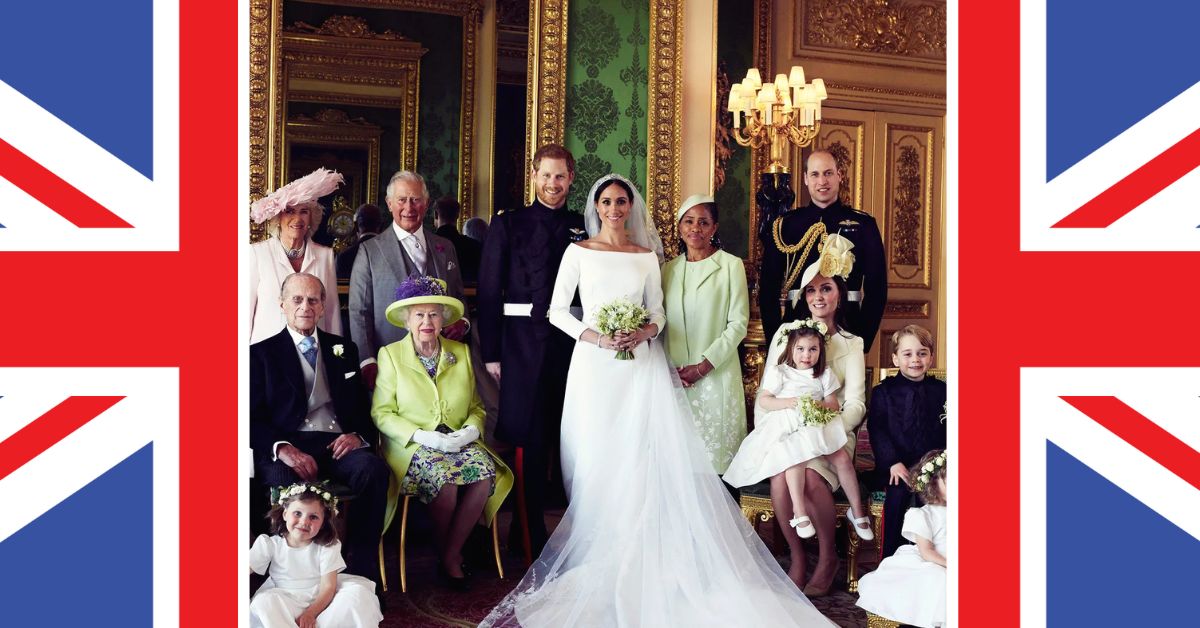
The Royal Family: 50 Trivia Questions Inspired by The Crown
Hey, royal enthusiasts and trivia buffs! In this post, we’re diving deep into the fascinating world of the British royal … Read more
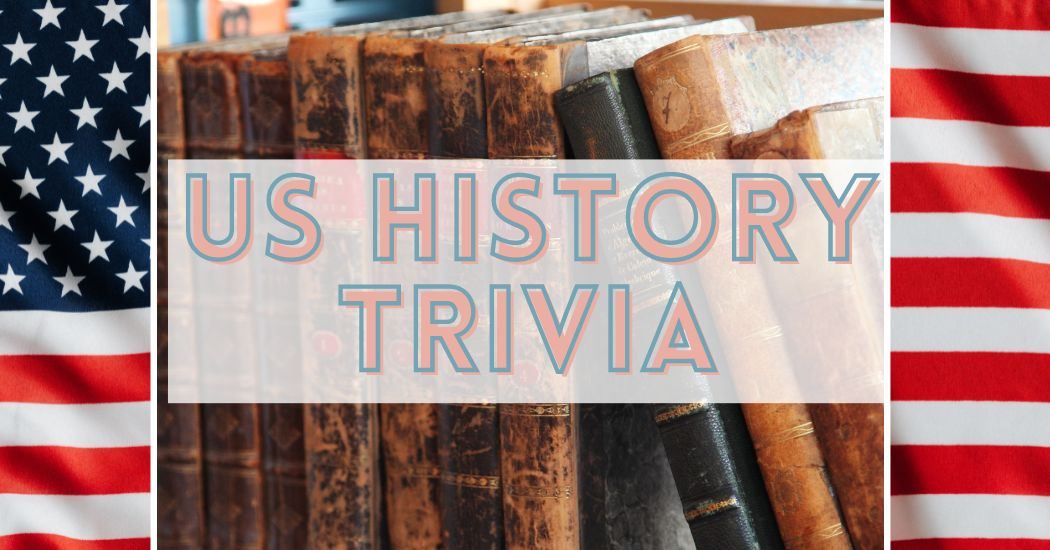
US History Mega Quiz: 185 Trivia Questions To Test Your Brains
We have a super special trivia quiz for you today — a mega US history trivia quiz — because there’s … Read more
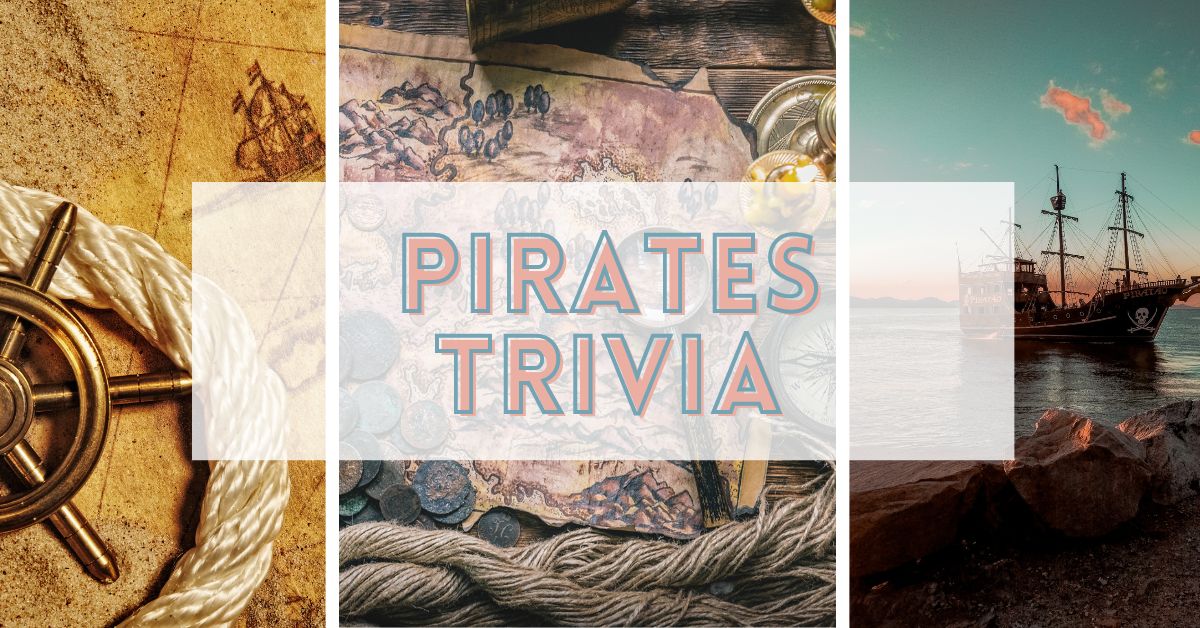
60 Fun And Fascinating Trivia Questions All About Pirates
Today, we’re diving DEEP into the swashbuckling world of pirates! From the infamous Blackbeard to the fierce Anne Bonny, the … Read more

WWII Trivia Questions: Can You Answer All 60 Questions Correctly?
Today, we’re going on a ride through one of the most pivotal periods in human history: World War II. In … Read more
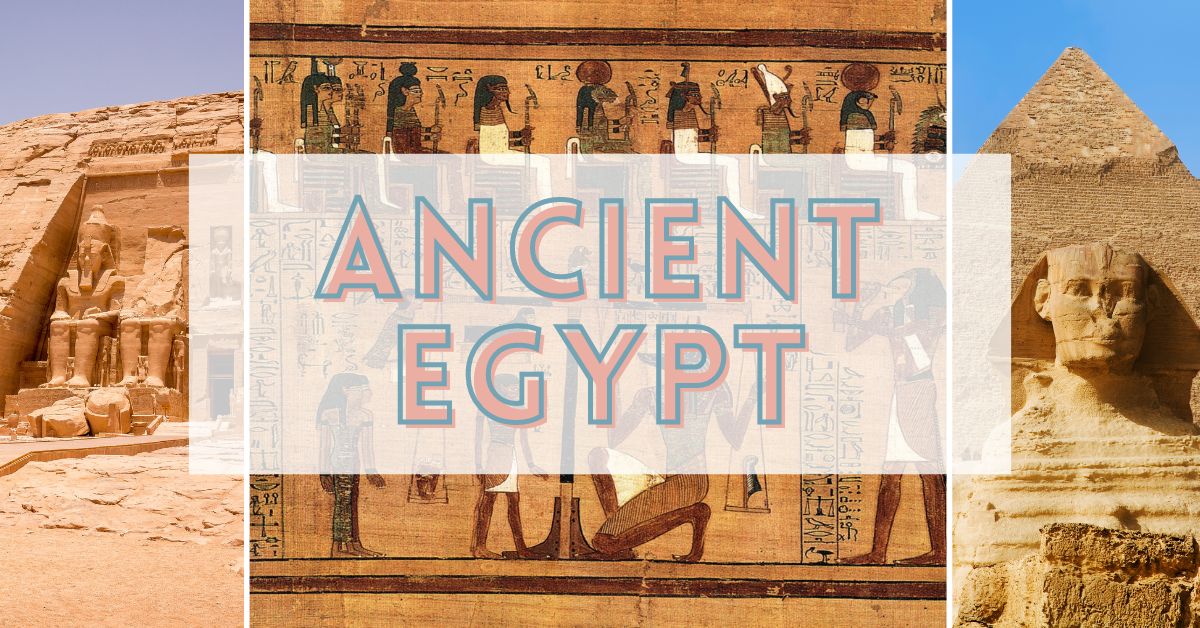
55 History Trivia Questions All About Ancient Egypt
Does the ancient civilization of Egypt just intrigue the heck out of you? We’re raising our hands for this one! … Read more
